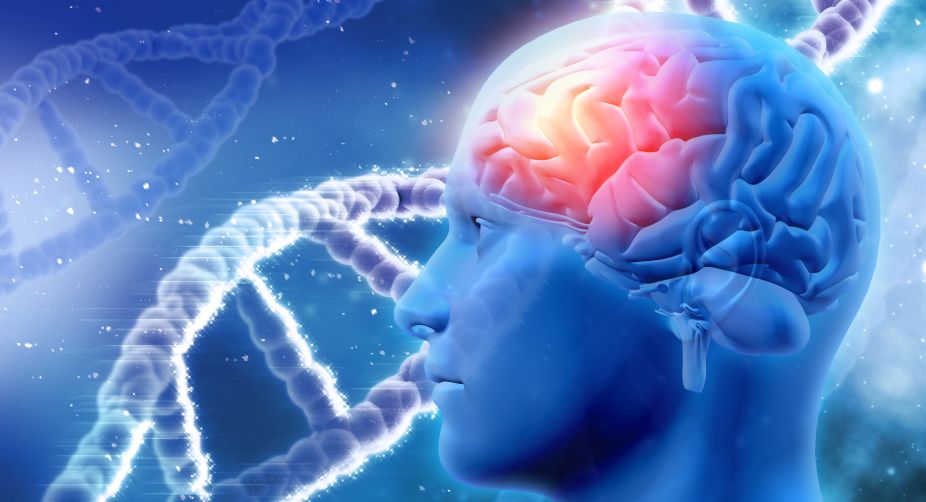Exhibition to challenge preconceptions on autism
A two-day exhibition titled, A Journey Through Special Senses was held in the city on 26-27 April, which was a part of the celebration of autism awareness month.
Our brains are three times larger and have many more cells and therefore more processing power than chimpanzee or monkey.

Representational Image (Photo: Getty Images)
The human brain, which is the larger version of the ancestral primate brain, demonstrates the dramatic difference between humans and other primates, a study has showed.
The findings based on comparative analysis of human, chimpanzee and macaque brains revealed that elements which make the human brain unique, includes cortical circuits underlying production of the neurotransmitter dopamine.
Advertisement
A gene, known as TH, involved in the production of dopamine — a neurotransmitter known for reward-motivated behaviour — was found highly expressed in human neocortex and striatum but absent from the neocortex of chimpanzees.
Advertisement
“The neocortical expression of this gene was most likely lost in a common ancestor and reappeared in the human lineage,” said Andre M.M. Sousa, a postdoctoral researcher at the Yale University in Connecticut.
“Our brains are three times larger, have many more cells and therefore more processing power than chimpanzee or monkey,” Sousa said.
“Yet there are also distinct small differences between the species in how individual cells function and form connections,” Sousa added, in the paper published in the journal Science.
Despite differences in brain size, striking similarities between primate species of gene expression was found in 16 regions of the brain including the prefrontal cortex — known to be the seat of complex cognitive and social behaviour as well as decision making.
Higher levels of expression of the gene MET, linked to autism spectrum disorder, was also found in the human prefrontal cortex compared to the primates’ brain.
Distinct differences were also found within regions of the brain, even in the cerebellum — one of the evolutionarily most ancient regions of the brain — and therefore most likely to share similarities across species.
In addition, the researchers found that a gene called ZP2, was active in only human cerebellum. This came as a surprise, because the same gene had been linked to sperm selection by human ova, the researchers said.
Advertisement